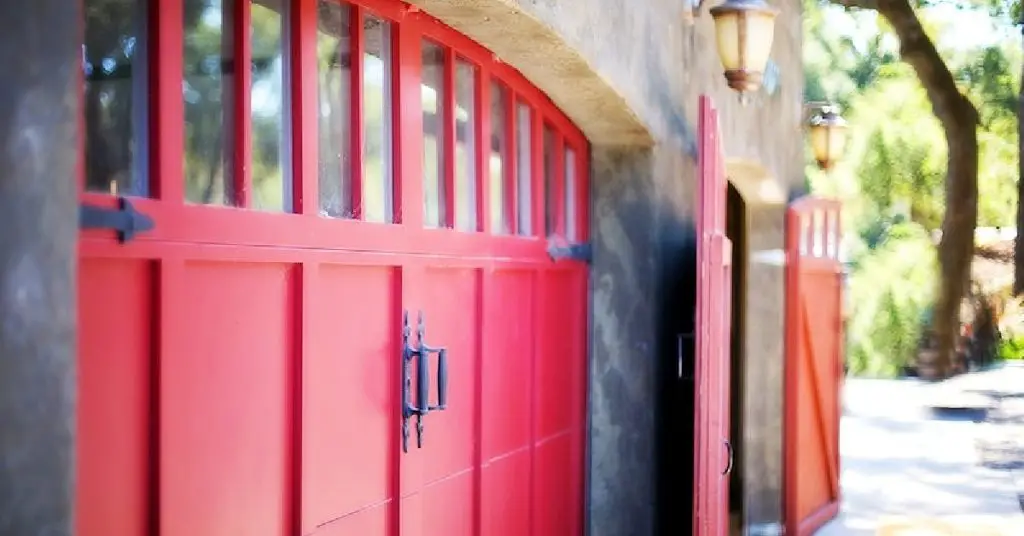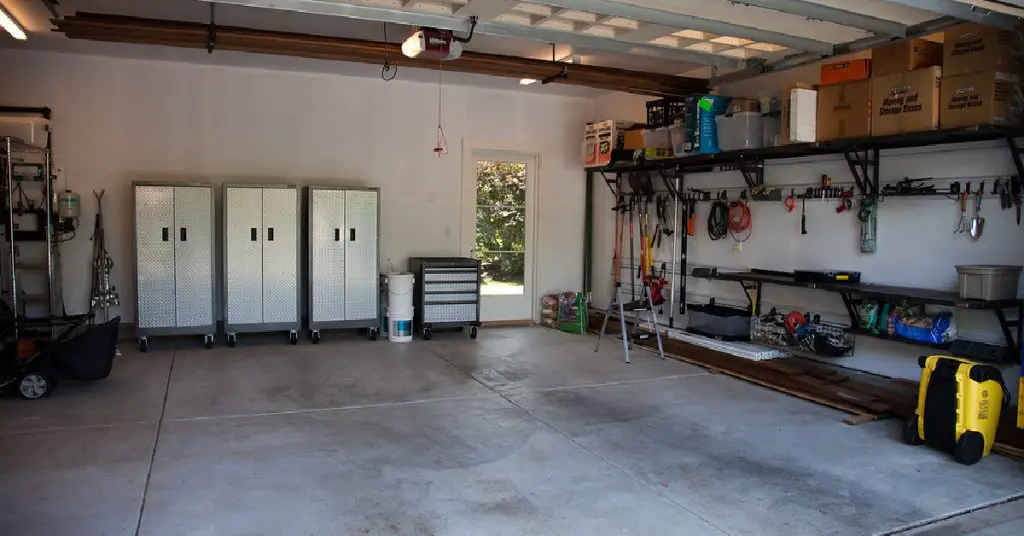Water can be a persistent and costly problem for garage owners. Whether it’s water leaking through the walls, seeping in from the floor, or pooling near the entrance, these issues can lead to damaged stored items, structural problems, and an overall unpleasant environment. Addressing water leaks in your garage is crucial not only for protecting your investments but also for maintaining the value and functionality of this important space. In this guide, we’ll cover how to stop water coming through garage wall.
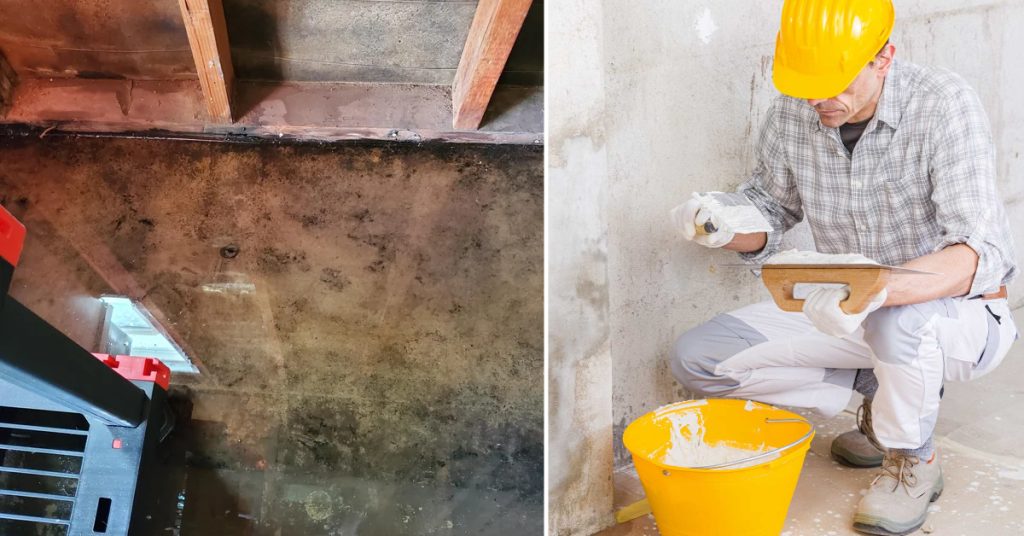
Key Takeaways:
- Identify the root cause of water infiltration through thorough inspection.
- Seal the wall-floor junction and improve exterior drainage to redirect water away.
- Consider waterproofing interior walls and addressing floor elevation issues for a long-term solution.
5 Trustworthy Steps for How to Stop Water Coming Through Garage Wall
Here are five steps for how to stop water coming through garage wall:
Step 1: Identifying the Root Cause
The first step in preventing water from infiltrating your garage is to determine the source of the problem. Carefully inspect the exterior and interior of the structure to identify potential culprits.
A. Examining the Concrete Slab
Take a close look at the concrete slab that serves as the foundation for your garage. Cracks, pitting, or an uneven surface can all contribute to water leaking through the floor. These issues allow groundwater to seep in, especially during periods of heavy rain or snowmelt.
B. Inspecting the Wall-Floor Junction
One of the most common trouble spots for water leaks is the junction where the concrete slab meets the garage walls. If this area is not properly sealed, water can find its way in, often resulting in damp walls and puddles on the floor.
C. Evaluating the Grading and Drainage
The slope and drainage around your garage play a crucial role in directing water away from the structure. If the ground is graded towards the entrance or there are issues with the gutters and downspouts, excess moisture may be directed right into your garage.
D. Analyzing Interior Signs of Water Intrusion
In addition to the exterior inspection, pay attention to any signs of water infiltration inside the garage. Damp or discolored walls, water pooling on the floor, and musty odors can all indicate that you have a water leak that needs to be addressed.
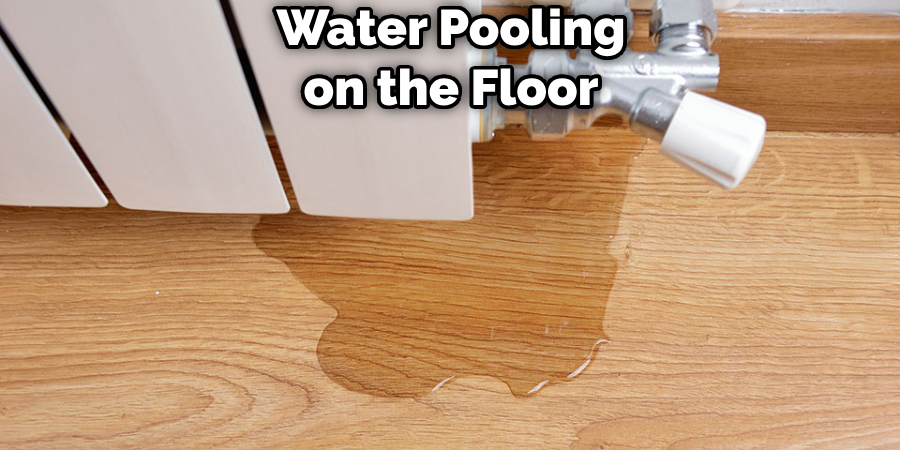
Step 2: Sealing the Wall-Floor Junction
One of the most effective strategies for preventing water from entering your garage is to create a proper seal at the junction between the concrete slab and the walls. This is where water often finds its way in, especially if the gap between the two is not properly sealed.
Begin by thoroughly cleaning and drying the concrete surface. Remove any existing sealants or caulk to ensure a clean, even surface. Then, apply a high-quality, flexible sealant such as a urethane or silicone product. Ensure the sealant is formulated for use with concrete and forms a continuous, smooth bead to create a water-tight barrier.
Step 3: Improving Exterior Drainage
Addressing the drainage around your garage can be a good idea for preventing water issues. Consider installing a perimeter drainage system, such as a French drain or a trench drain, to collect and redirect excess moisture away from the structure.
Additionally, evaluate the grading of the ground surrounding your garage. Make sure the soil slopes away from the entrance and walls, preventing water from pooling and seeping in.
Step 4: Waterproofing Interior Walls
If water continues to penetrate despite your efforts to seal the wall-floor junction and improve drainage, you may need to resort to interior waterproofing methods. Specialized coatings like epoxy or cementitious products can create an effective barrier against moisture intrusion.
Thoroughly prepare the concrete surfaces by cleaning, repairing any cracks, and allowing the walls to fully dry before applying the waterproofing treatment. Follow the manufacturer’s instructions closely to ensure proper application and coverage.
Step 5: Addressing Floor Elevation and Slope
In some cases, the garage floor itself may contribute to water issues. If the floor slopes towards the entrance or sits lower than the surrounding ground, it can create a trap for water, leading to persistent puddles and seepage.
Consider consulting a professional to explore options for re-pouring the concrete floor with a proper slope to facilitate drainage. While this may be a more involved project, it can provide a long-term solution to your garage’s water woes.
You Can Check It Out to Fix Water Leaking Under Garage Door.
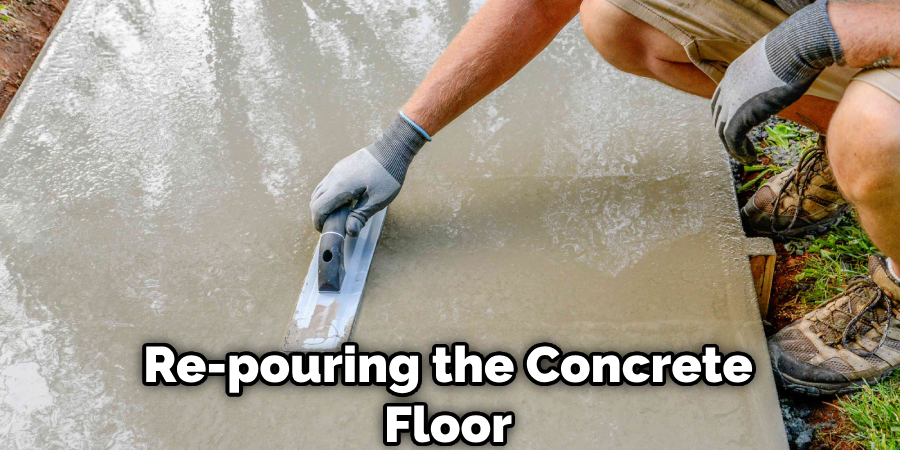
FAQs About How to Stop Water Coming Through Garage Wall
Why is Water Coming Into My Garage Through the Wall?
Water coming into your garage through the wall can be attributed to several factors such as hidden cracks, a leaking roof, poor water drainage around the garage, compromised seals around doors and windows, plumbing issues, old or porous concrete flooring, and the absence of proper flashing where the siding meets the foundation. Addressing these problems typically involves inspecting for damages, ensuring adequate sealing and drainage, and possibly consulting with a professional for more complex issues like plumbing or structural repairs. Regular maintenance and timely repairs are key to preventing water ingress into your garage.
What Can I Use to Stop Water Coming Through Walls?
To stop water from coming through walls, you can use waterproofing paints or sealants for interior surfaces, inject cracks with epoxy or polyurethane, apply exterior waterproofing coatings, install French drains to redirect water away from the foundation, maintain gutters and downspouts, install interior drainage systems leading to a sump pump, apply waterproof membranes on external walls during construction, ensure proper slope grading away from the building, and improve ventilation to reduce condensation. Choosing the right solution depends on the severity of the issue and might require consulting a professional for optimal results.
Why is Water Coming Into My Garage When It Rains?
Water coming into your garage when it rains is usually due to poor drainage around the building, damaged or clogged gutters, cracks in the garage’s walls or floor, worn-out seals around doors and windows, or leaks in the roof. Addressing this issue typically involves inspecting and repairing any damages, ensuring that water can properly drain away from the garage, and replacing any faulty seals or weather stripping to prevent further water ingress.
Why is Water Coming Through My Walls When It Rains?
Water coming through walls when it rains is often due to cracks or holes in the exterior walls, poor drainage around the home, faulty or absent waterproofing, clogged gutters and downspouts, or compromised seals around windows and doors. Addressing the issue usually involves conducting thorough inspections to identify and repair any structural damages, improving drainage, ensuring gutters are clear, and enhancing waterproofing measures to prevent future leaks.
Conclusion
By addressing the root causes, implementing strategic sealing and drainage solutions, and considering specialized waterproofing treatments, you can effectively stop water leaks in your garage and protect your valuable stored items. Remember, a comprehensive approach is key to ensuring your garage remains dry, safe, and functional for years to come.

